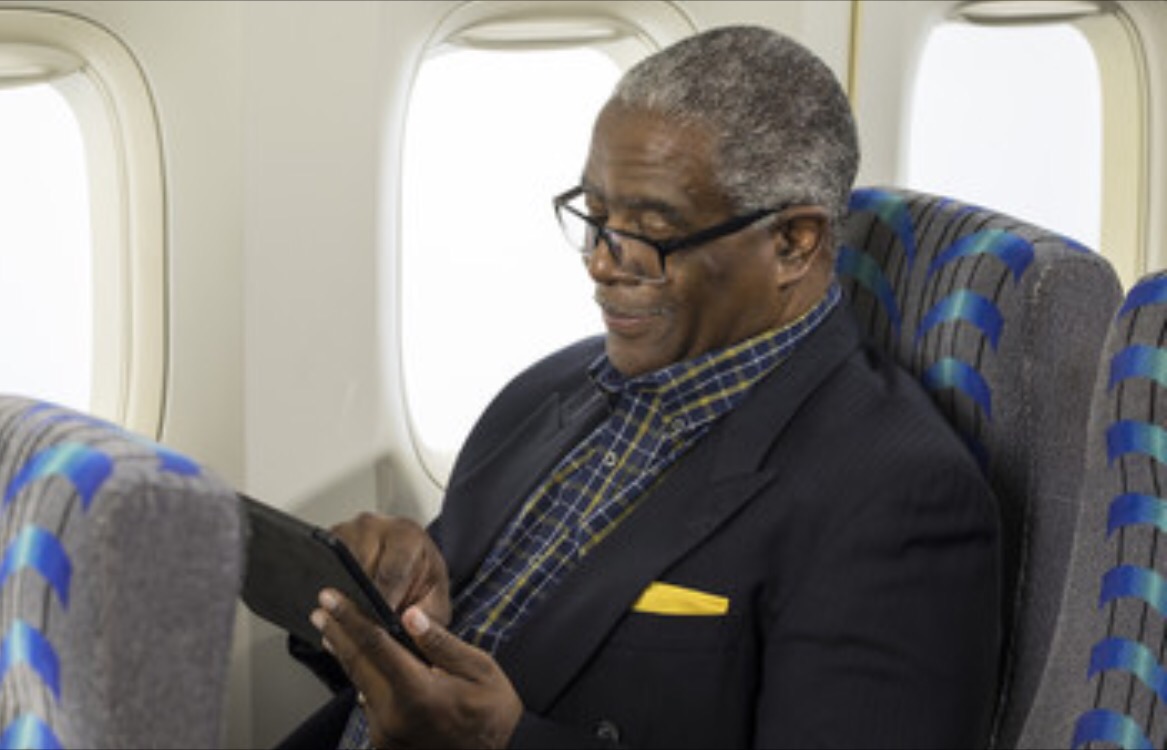Think about the last time you travelled. You probably had a plan for how you will stay connected – ensuring you were on an affordable data plan abroad, asking hotels about Wi-Fi access or squirrelling away chargers and adapters.
The modern traveller is connected. In fact, a recent survey by the IATA showed that 60 per cent of international passengers use social media as they travel. As a result, the travel industry, including airlines, car hire companies, hotels, cruise lines etc, are looking at how to capture the connective traveller by enhancing the online experience.
Today’s connected traveller expects high quality digital and mobile experiences, competitive pricing and wants to be recognised and responded to in real-time according to their preferences or concerns. While the travel industry has traditionally been ahead of the curve when it comes to loyalty point programmes, they are playing catch-up on how to use that data drive a better online customer experience.
Many are looking to retailers for guidance. Retailers are now mastering the art of using information about individual customer preferences and tastes to deliver a much more personalised approach to communication and service.
For travel companies, the customer journey typically starts online with a web search followed by a purchase.
Travel companies know that, while price is of course one of the key determining factors, a good experience also goes a long way to attracting and retaining repeat custom. In fact, 78 per cent of consumers believe personalised promotions would encourage them to purchase relevant products they have never purchased before.
To deliver this, it’s crucial they prioritise creating innovative experiences for the connected traveller
Almost every part of the customer journey can be personalised online. Language, currency, stored payment information as well as channel and communication preferences are the first step in personalising the experience.
The next level comes from targeting specific offers to individual customers. This can take the form of using geo location to present the traveller with relevant marketing offers, promotions or other items of interest.
The final level – the pinnacle of personalisation – comes from big data analytics. Being able to track behaviours and map that against external data such as weather, traffic and currency fluctuations, can give companies a 360 view of the customer experience.
The connected traveller doesn’t want to be services only for an instant, but rather wants to be understood and supported at every step of their journey – from ticketing to traveling to checking in and out.
The more fine-grained knowledge the travel company can gain about the customer from information about their family, interests, opinions and attitudes – the more they are able to gain a complete profile and micro-target them with offers they are more likely to redeem.
Analytic algorithms are evolving to a point where they can use machine learning and predictive analytics to target customers before they even think about booking that next holiday.
They also have the power to target customers who have abandoned a purchase to target them in real time while the thought is still fresh in their mind. This type of real-time marketing can be incredibly powerful.
Finally, ensuring metrics are used to measure the success of capturing the connected traveller is vital to the success of any personalisation campaign. A/B testing is one method for checking the impact of a change before its rolled out. But, regardless of which metric is used, the critical thing is ensuring there is a feedback look that continually improves the experience for the connected traveller as they adapt and evolve.
As travel companies continue to adapt their approach, they will reap the long term financial benefits of capturing and engaging the connected traveller.
To deliver the seamless connected experience demanded by today’s digital generation, travel organisations will need to un-bundle their products and services and focus on delivering personalised experiences that individuals value – and ultimately purchase.
With the increasing amount of data available to them across every step of the online journey, the connected travel is not far out of reach.






